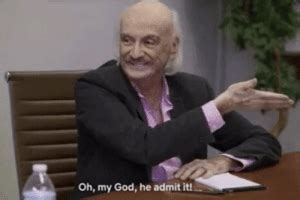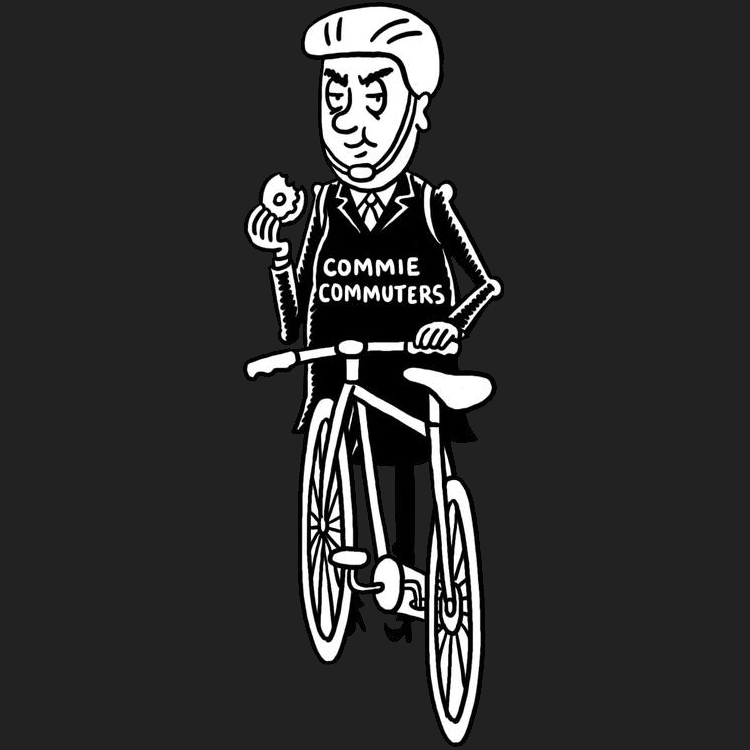This Guardian piece has some clues if you read it critically.
Gareth Jones’s accounts of what was happening in Soviet Ukraine in 1932-33 were different from other western accounts. Not only did he reveal the true extent of starvation, he reported on the Stalin regime’s failure to deliver aid while exporting grain to the west. The tragedy is now known as the Holodomar and regarded by Ukrainians as genocide.
The story of Jones, a devout, non-comformist teetotaller from Barry, often has elements of Indiana Jones and Zelig.
Rory Finnan, a lecturer in Ukrainian studies at Cambridge, called him “a true hero”.“He is a remarkable historical figure and it is also remarkable that he is not well known. Jones was the only journalist who risked his name and reputation to expose the Holodomor to the world.”
But there is more to Jones’s story and a Zelig-like quality to his life. For example, he was once on a 16-seat aircraft with the new German chancellor, Adolph Hitler, and Joseph Goebbels, on their way to a rally in Frankfurt. Jones wrote for the Western Mail that if the plane had crashed the history of western Europe history would have changed forever.
Another time, outside the gates of the White House, he saw the one-time American president Herbert Hoover preparing to have his photograph taken with schoolchildren. Soon enough, somehow, Jones is in the photograph.
After his Ukraine articles Jones was banned from the USSR and, in many eyes, discredited. The only work he could get was in Cardiff on the Western Mail covering “arts, crafts and coracles”, according to his great-nephew Nigel Linsan Colley. But again his life changed. He managed to get an interview with a local castle owner: William Randolph Hearst who owned St Donat’s Castle near Cardiff. The newspaper magnate was obviously taken by Jones’s accounts of what had happened in Ukraine and invited the reporter to the US.
Jones dutifully arrived at Hearst’s private station – as Chico Marx was leaving the estate – and wrote three articles for Hearst and used, for the first time, the phrase “manmade famine”.

a few bits about Hearst: https://en.wikipedia.org/wiki/William_Randolph_Hearst
After 1918 and the end of World War I, Hearst gradually began adopting more conservative views and started promoting an isolationist foreign policy to avoid any more entanglement in what he regarded as corrupt European affairs. He was at once a militant nationalist, a staunch anti-communist after the Russian Revolution, and deeply suspicious of the League of Nations and of the British, French, Japanese, and Russians.[2] Following Hitler’s rise to power, Hearst became a supporter of the Nazi Party, ordering his journalists to publish favourable coverage of Nazi Germany, and allowing leading Nazis to publish articles in his newspapers.[3] He was a leading supporter of Franklin D. Roosevelt in 1932–1934, but then broke with FDR and became his most prominent enemy on the right.
https://en.wikipedia.org/wiki/William_Randolph_Hearst#Anti-Communist_enthusiasm_for_Hitler
With “AMERICA FIRST” emblazoned on his newspaper masthead, Hearst celebrated the “great achievement” of the new Nazi regime in Germany—a lesson to all “liberty-loving people”—the defeat of communism. In 1934, after checking with Jewish leaders to ensure a visit would be to their benefit,[57] Hearst visited Berlin to interview Adolf Hitler. When Hitler asked why he was so misunderstood by the American press, Hearst retorted: “Because Americans believe in democracy, and are averse to dictatorship.”[58] William Randolph Hearst instructed his reporters in Germany to give positive coverage of the Nazis, and fired journalists who refused to write stories favourable of German fascism.[3] Hearst’s papers ran columns without rebuttal by Nazi leader Hermann Göring, Alfred Rosenberg,[3] and Hitler himself, as well as Mussolini and other dictators in Europe and Latin America.[59] During that same year 1934, Japan / U.S. relations were unstable. In an attempt to remedy this, Prince Tokugawa Iesato travelled throughout the United States on a goodwill visit. During his visit, Prince Iesato and his delegation met with William Randolph Hearst with the hope of improving mutual understanding between the two nations.
A long and very comprehensive read about how the anti-communist Hearst propaganda was ultimately put into history books as ‘fact’:
https://www.villagevoice.com/in-search-of-a-soviet-holocaust/
This is also related to a CIA-funded publishing corp that help establish fascist-sympathizing literature to support the ‘terror famine’ propaganda:
The CIA facilitated Lebed’s move to the US, getting asylum for him and his family in 1949 and helping him obtain citizenship in 1957. As head of a CIA operation called Project AERODYNAMIC, Lebed spent the next few decades in control of a Agency-funded non-profit publishing company, the Prolog Research and Publishing Association.
Prolog Research and Publishing went on to promote lots of anti-Soviet propaganda, including popularizing the ‘terror famine’ rhetoric.
https://www.muckrock.com/news/archives/2018/sep/18/mykola-lebed-and-the-cia/
Thanks to his collaboration with the CIA and their active shielding of him, Lebed was never tried for the war crimes he and his men had committed against Poles and Jews during WWII.



Just keep in mind - the 1932 famine did happen, about 3 million people died, and while the soviet union absolutely did not intend to kill Ukrainians the Soviet Union bears considerable responsibility for failing to mitigate the famine and provide relief in a timely manner. But, again - this was due to administrative, logistical, and communication failures at all level of government, not some ridiculous plot to kill Ukrainians.
Indeed, it was a terrible famine. It was not a ‘terror famine’ or ‘communist genocide’ though.